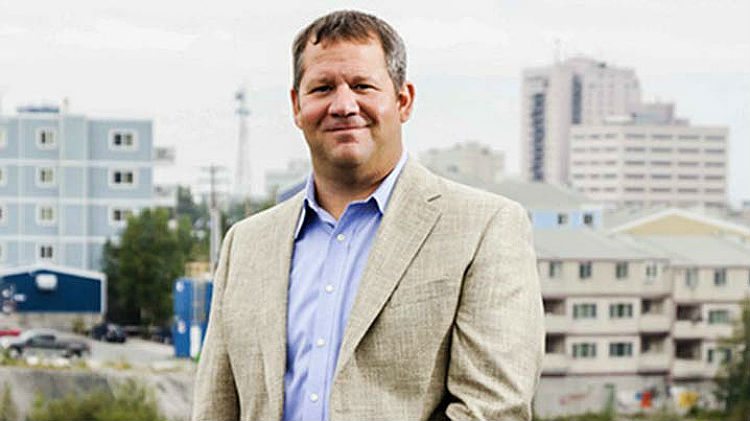Security of staff at Yellowknife’s Stanton Hospital has been a big concern in recent months, but the territory’s health minister says changes have already been made and misconceptions exist.
Reports of violent incidents, in which staff were threatened by patients, have sparked claims that not enough protection exists for healthcare workers at the hospital.
“They’d like to feel that when they go to work, they are safe, and the people that they’re caring for are safe as well,” nurse and union representative Sheila Laity told the CBC in January.
How are violent patients at Stanton dealt with?
- Healthcare staff try to calm patient, trained in basic restraint and self-defence if necessary
- In clinical areas (e.g. emergency room, psychiatric unit), security can be called in and can physically restrain people. But healthcare workers must call security and direct them to assist
- In non-clinical areas (e.g. reception), security can exercise own judgement and restrain if necessary, after exhausting lesser measures
What can Stanton’s security officers do? Health minister explains in full
This week, independent security experts have been inside Stanton looking for ways staff safety can be improved.
“These experts have gone into the building and looked at areas where the greatest level of concern exists, which is basically the emergency room and the psychiatric department – as well as the whole hospital, but with a focus on those two areas of high concern,” health minister Glen Abernethy, pictured, told Moose FM.
“They’ve gone in to do a physical assessment – to find out about layout, and things that can be done from a capital point of view to make some immediate improvements.
“But they’re also looking down the road at what security policies, that exist within Stanton, could be improved through some amendments. That’s going to take a little longer, but the physical assessment we expect in two to three weeks.”
Abernethy says some of those experts’ recommendations can be implemented immediately, once received.
However, he added that work had already been done since reports of a violent incident at the hospital emerged in November.
“Stanton did increase the number of security staff in the emergency unit after the November incident,” said Abernethy.
“They’ve also made a number of physical changes within the emergency unit at the request of staff.”
Read: NWT health is broken – minister pushes plan to fix it by 2016
MLA Bob Bromley, among others, criticized the formation of a “working group” to examine security in healthcare last month, saying it would take too long for actions to emerge.
However, Abernethy says that working group is conducting a broader review while changes at Stanton are ongoing.
“These issues aren’t unique to Stanton – they may occur in other locations within the NWT. This working group is reviewing the work done by Stanton, and doing some assessment across the country from other jurisdictions, so we can have a more territorial approach to build on the work Stanton is doing,” said Abernethy.
“Stanton was recently accredited through Accreditation Canada. They found Stanton was compliant with their required organizational practice on workplace violence prevention, and they met all five major and three minor tests for compliance.
“That process is recognized throughout Canada and they met the conditions, but it doesn’t mean we can’t do better.
“I believe improvements will be made. Our staff are the backbone of our system – we need to make sure they are safe.”
What can Stanton’s security officers do?
Health minister Glen Abernethy says there are ‘misconceptions’ about the role of security officers inside Stanton Hospital. Here is his guide to what those officers can, and cannot, do:
“There are some misconceptions out there. One of them is that Stanton security cannot physically restrain disruptive individuals. This isn’t the case.
“Stanton does employ a non-crisis intervention model: if an individual is upset, or physically violent, or agitated, health professionals will work with them to try to calm them down, through language and a number of other things. If they continue to agitate, our staff are trained in some non-crisis intervention interactions, which include basic physical restraint as well as some self-defence techniques.
“If it escalates further, they have the ability – within a clinical setting [e.g. the emergency room or psychiatric unit] – to call in security to help with physical restraint. But the security officers must employ the least intrusive measures as well. We don’t want to be a police state, but we need to protect our staff.
“In non-clinical areas within the hospital, security staff can engage with people without having to be directed by clinical staff. If someone in a common area starts getting agitated or irate, Stanton would expect security staff to engage the individual, employ techniques of non-crisis intervention, attempt to talk them down, corral them into an area where there is less interaction with other people, and – if it continues to escalate – use basic physical restraint, as well as employ basic self-defence techniques. But a clinical setting requires one of our practitioners to request one of the security officers to engage.”




